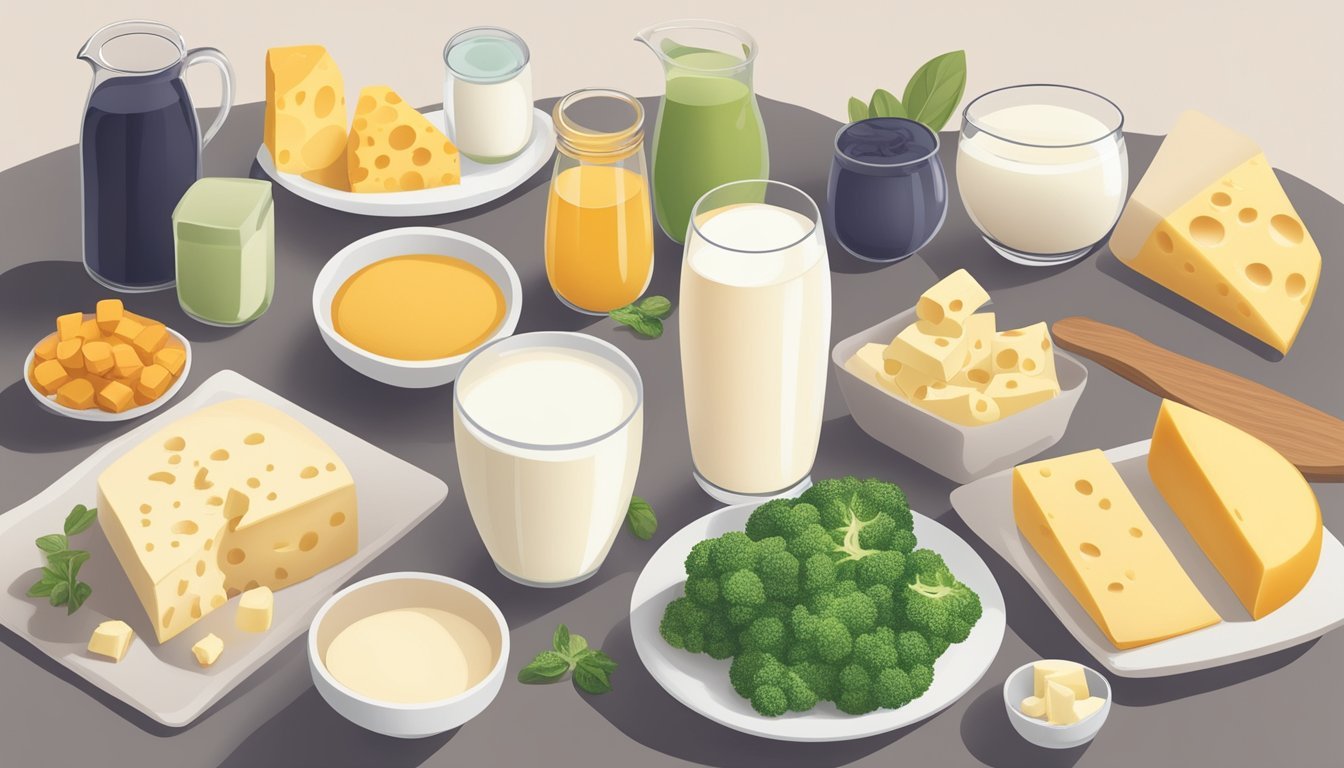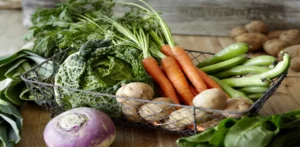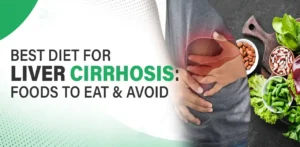Contents
- 1 What is Lactose Intolerance?
- 2 Symptoms of Lactose Intolerance
- 3 Lactose Intolerance Diet
- 4 Foods to Avoid with Lactose Intolerance
- 5 Best Foods for Lactose Intolerance
- 6 Nutrition for Lactose Intolerant Individuals
- 7 Lactose-Free Meals and Recipes
- 8 Diet for Lactose Intolerance Management
- 9 Lactose Intolerance Nutrition Therapy
- 10 Lactose Intolerance-Friendly Recipes
Lactose intolerance, also known as lactase deficiency, is a common condition affecting millions worldwide. Those with lactose intolerance lack sufficient lactase, an enzyme required to digest lactose—the sugar found in milk and dairy products. As a result, consuming lactose can lead to uncomfortable symptoms such as bloating, gas, and diarrhea.
This comprehensive guide delves into lactose intolerance, offering insights into the lactose intolerance diet, foods to avoid, and essential nutrition tips for managing this condition effectively. Additionally, we’ll explore lactose-free meals, the best foods for lactose intolerance, and share lactose intolerance-friendly recipes to help you enjoy a healthy and varied diet.
What is Lactose Intolerance?
Lactose intolerance occurs when the body produces insufficient amounts of lactase, the enzyme responsible for breaking down lactose into glucose and galactose. This condition can be due to genetic factors, age, or gastrointestinal diseases that affect the small intestine. It’s important to differentiate lactose intolerance from a milk allergy, which involves the immune system and can have more severe reactions.
Symptoms of Lactose Intolerance
Common symptoms of lactose intolerance include:
- Bloating
- Diarrhea
- Gas
- Abdominal cramps
- Nausea
These symptoms typically appear 30 minutes to 2 hours after consuming lactose-containing foods.
Lactose Intolerance Diet
Managing lactose intolerance effectively involves adopting a lactose intolerance diet, which focuses on reducing or eliminating lactose from your meals. Here’s how you can manage your diet:
Foods to Avoid with Lactose Intolerance
To prevent symptoms, it’s essential to avoid or limit foods high in lactose. These include:
- Milk (whole, skim, and flavored)
- Cheese (especially soft cheeses like brie and camembert)
- Butter
- Cream
- Ice cream
- Yogurt (though some lactose-intolerant individuals can tolerate it)
Check labels for hidden lactose in processed foods, such as:
- Bread and baked goods
- Cereals
- Instant soups
- Salad dressings
- Candies and chocolates
Best Foods for Lactose Intolerance
Despite the need to avoid certain foods, there are plenty of delicious and nutritious alternatives:
- Lactose-free milk and dairy products: Many brands offer lactose-free versions of milk, cheese, and yogurt.
- Plant-based milk: Almond milk, soy milk, coconut milk, and oat milk are excellent alternatives.
- Hard cheeses: Cheddar, parmesan, and Swiss are lower in lactose.
- Fermented dairy products: Kefir and lactose-free yogurt can be easier to digest.
- Non-dairy calcium sources: Leafy greens, almonds, tofu, and fortified plant milks.
Nutrition for Lactose Intolerant Individuals
Ensuring you get adequate nutrition while managing lactose intolerance is crucial. Here are some nutrition tips:
Calcium and Vitamin D
Dairy is a primary source of calcium and vitamin D, so finding alternatives is essential:
- Fortified plant milks and juices
- Leafy greens (kale, bok choy)
- Nuts and seeds (chia seeds, almonds)
- Fish with bones (sardines, salmon)
Consider a vitamin D supplement if your levels are low, especially if you live in a region with limited sunlight.
Protein
Maintaining protein intake is important:
- Lean meats (chicken, turkey)
- Fish
- Eggs
- Legumes (beans, lentils)
- Nuts and seeds
Probiotics
Probiotics can improve gut health and help with lactose digestion:
- Lactose-free yogurt
- Fermented foods (sauerkraut, kimchi)
- Probiotic supplements
Lactose-Free Meals and Recipes
Crafting delicious lactose-free meals doesn’t have to be challenging. Here are some ideas and recipes:
Breakfast Ideas
- Smoothie Bowl
- Blend lactose-free yogurt or plant-based milk with fruits like bananas, berries, and spinach.
- Top with granola, chia seeds, and coconut flakes.
- Overnight Oats
- Mix oats with almond milk, chia seeds, and a dash of honey.
- Let it sit overnight and add fresh fruits in the morning.
Lunch Ideas
- Quinoa Salad
- Combine cooked quinoa with chopped vegetables, avocado, and a lemon-tahini dressing.
- Add grilled chicken or tofu for extra protein.
- Turkey and Avocado Wrap
- Use a whole-grain wrap and fill it with sliced turkey, avocado, spinach, and hummus.
Dinner Ideas
- Stir-Fried Vegetables with Tofu
- Sauté a mix of your favorite vegetables and tofu in sesame oil and soy sauce.
- Serve over brown rice or noodles.
- Baked Salmon with Quinoa and Vegetables
- Season salmon with herbs and bake.
- Serve with a side of quinoa and steamed broccoli.
Snack Ideas
- Fruit and Nut Mix
- Combine dried fruits like apricots and raisins with almonds, walnuts, and sunflower seeds.
- Veggie Sticks with Hummus
- Pair carrot, cucumber, and bell pepper sticks with a serving of hummus.
Diet for Lactose Intolerance Management
Effectively managing lactose intolerance involves more than just avoiding lactose. Here are additional tips for a balanced diet:
- Read Labels Carefully
- Always check food labels for hidden sources of lactose. Ingredients like whey, curds, and milk by-products indicate the presence of lactose.
- Experiment with Portions
- Some individuals can tolerate small amounts of lactose. Experiment with different portions to find your threshold.
- Incorporate Lactase Supplements
- Over-the-counter lactase enzyme supplements can help digest lactose. Take them before consuming dairy.
- Choose Lactose-Free Products
- Many grocery stores offer lactose-free versions of milk, cheese, and yogurt. These products provide the taste and nutritional benefits without the lactose.
Lactose Intolerance Nutrition Therapy
Nutrition therapy for lactose intolerance focuses on maintaining a balanced diet while managing symptoms. Working with a registered dietitian can help:
- Personalized Meal Plans
- A dietitian can create meal plans tailored to your preferences and nutritional needs, ensuring you get adequate nutrients without lactose.
- Monitoring Symptoms
- Keep a food diary to track what you eat and any symptoms. This can help identify foods you can tolerate.
- Education and Support
- Dietitians can provide education on reading food labels, finding suitable substitutes, and managing social situations involving food.
Lactose Intolerance-Friendly Recipes
Here are some delicious and easy-to-make lactose intolerance-friendly recipes:
Dairy-Free Alfredo Pasta
Ingredients:
- 1 lb pasta (gluten-free if needed)
- 1 cup raw cashews (soaked)
- 2 cups vegetable broth
- 1/2 cup nutritional yeast
- 2 cloves garlic
- 1 tbsp lemon juice
- Salt and pepper to taste
Instructions:
- Cook pasta according to package instructions.
- In a blender, combine soaked cashews, vegetable broth, nutritional yeast, garlic, and lemon juice. Blend until smooth.
- Pour the sauce into a saucepan and heat over medium, stirring until thickened.
- Mix the sauce with the cooked pasta. Season with salt and pepper.
Dairy-Free Chocolate Mousse
Ingredients:
- 1 can full-fat coconut milk (chilled overnight)
- 1/4 cup cocoa powder
- 1/4 cup maple syrup
- 1 tsp vanilla extract
Instructions:
- Scoop the solidified coconut cream from the chilled can into a mixing bowl.
- Add cocoa powder, maple syrup, and vanilla extract.
- Whip with an electric mixer until fluffy.
- Serve chilled with fresh berries.
Living with lactose intolerance requires mindful eating and making informed dietary choices, but it doesn’t mean you have to miss out on delicious and nutritious foods. By understanding lactose intolerance and incorporating the strategies outlined in this guide, you can enjoy a varied and satisfying diet. Embrace the range of lactose-free meals, experiment with new recipes, and make the most of the numerous healthy food options available. Remember, managing lactose intolerance effectively is about finding what works best for you and maintaining a balanced and enjoyable diet.



